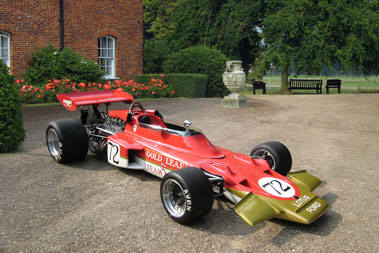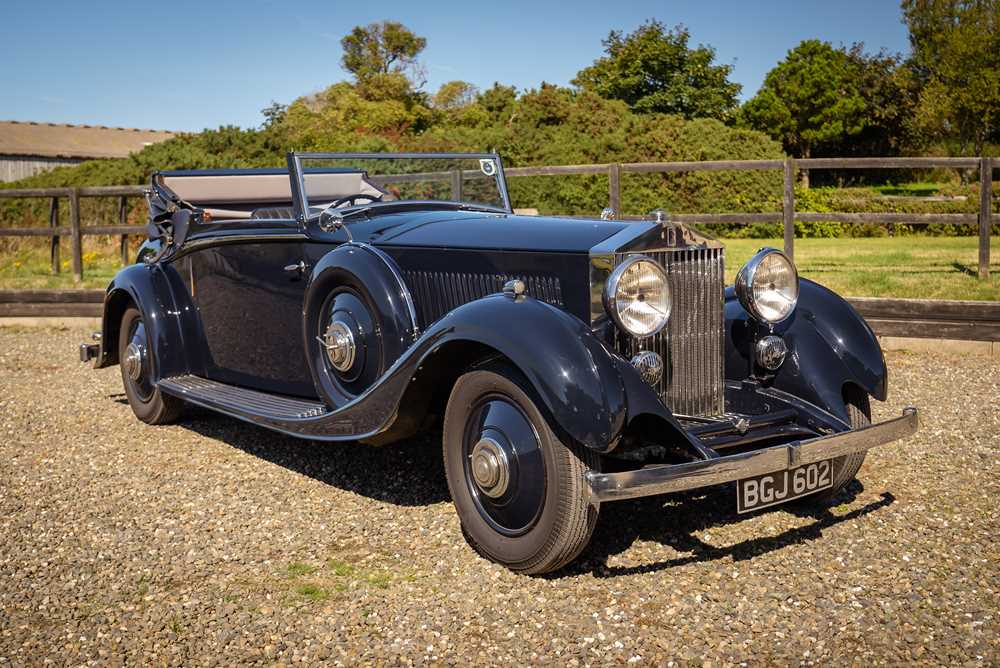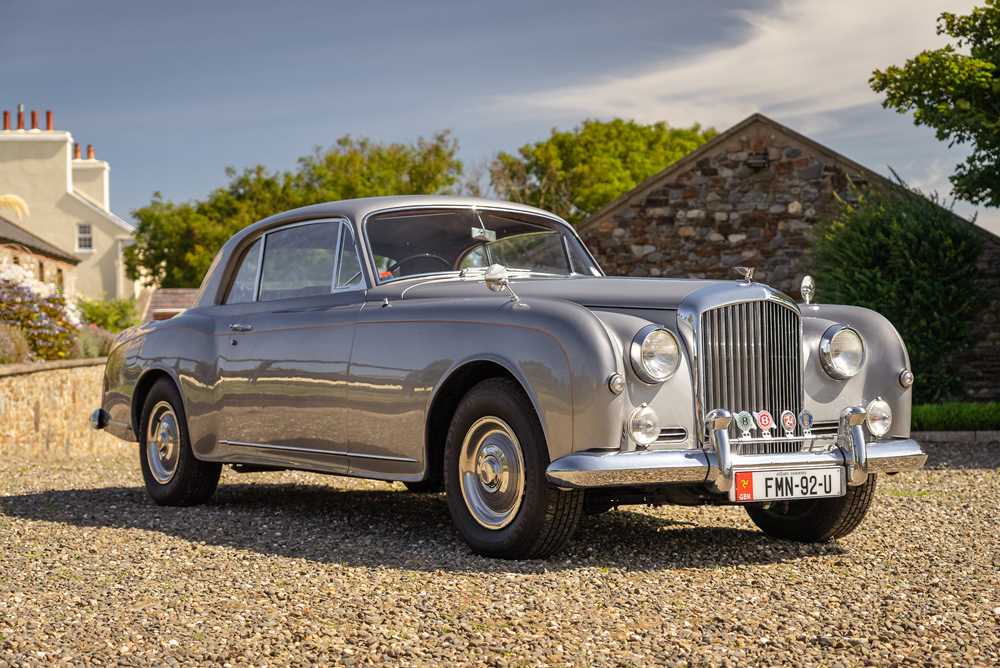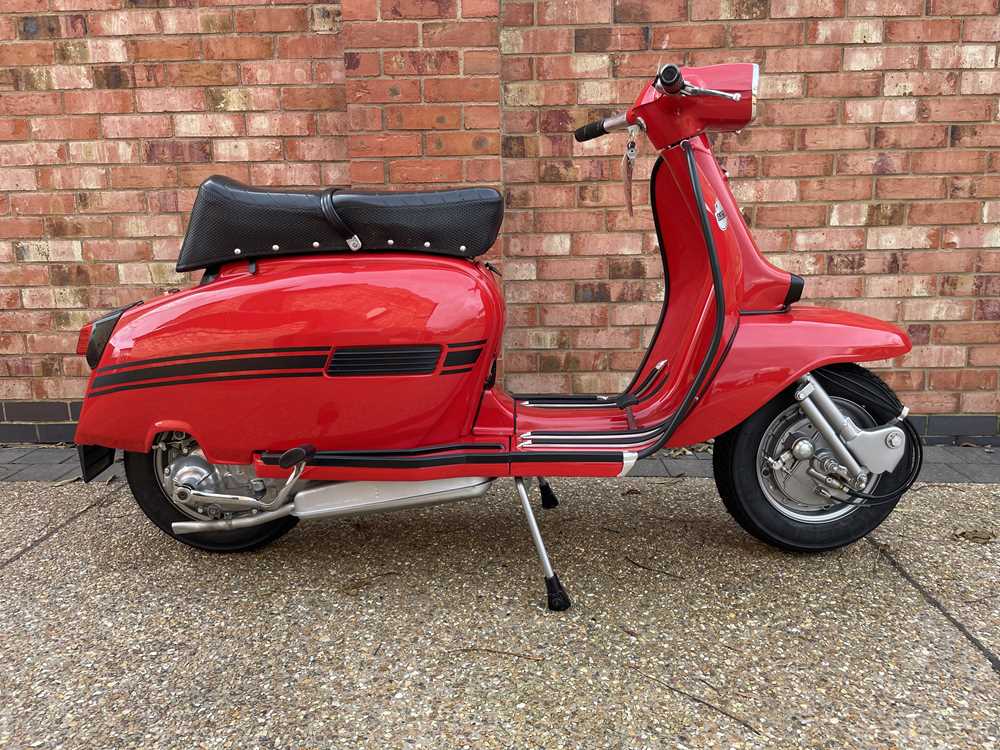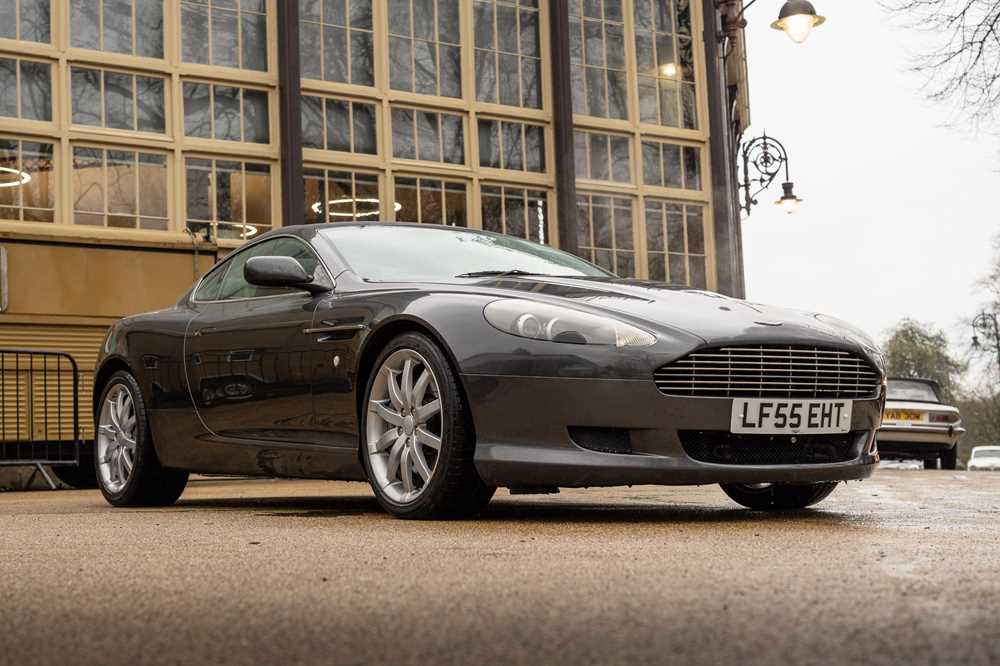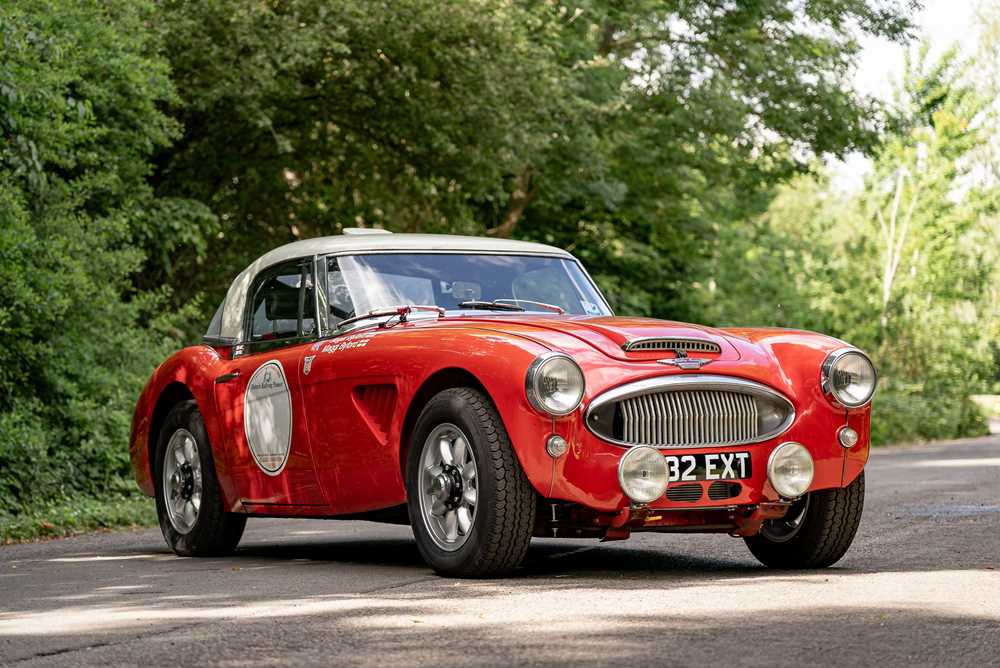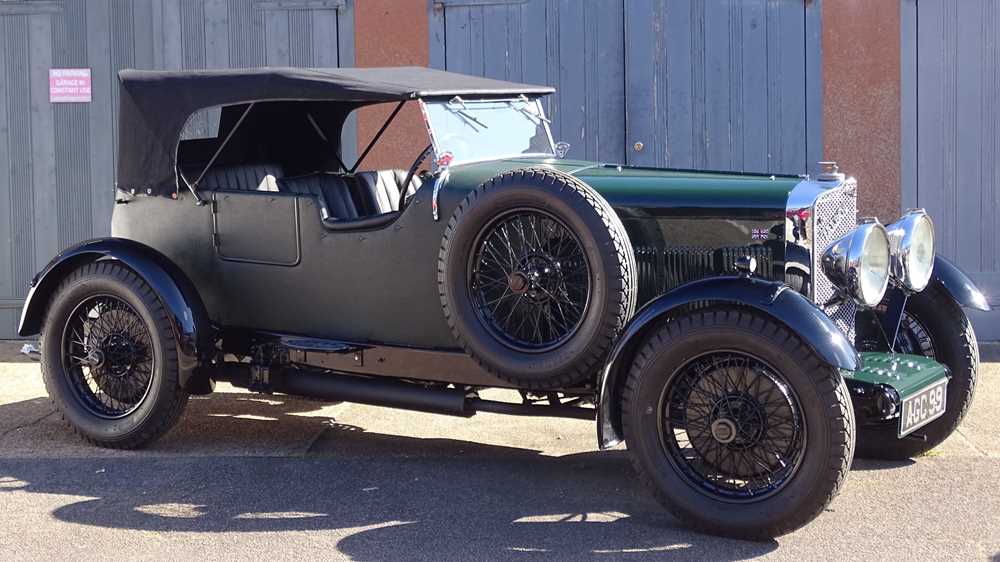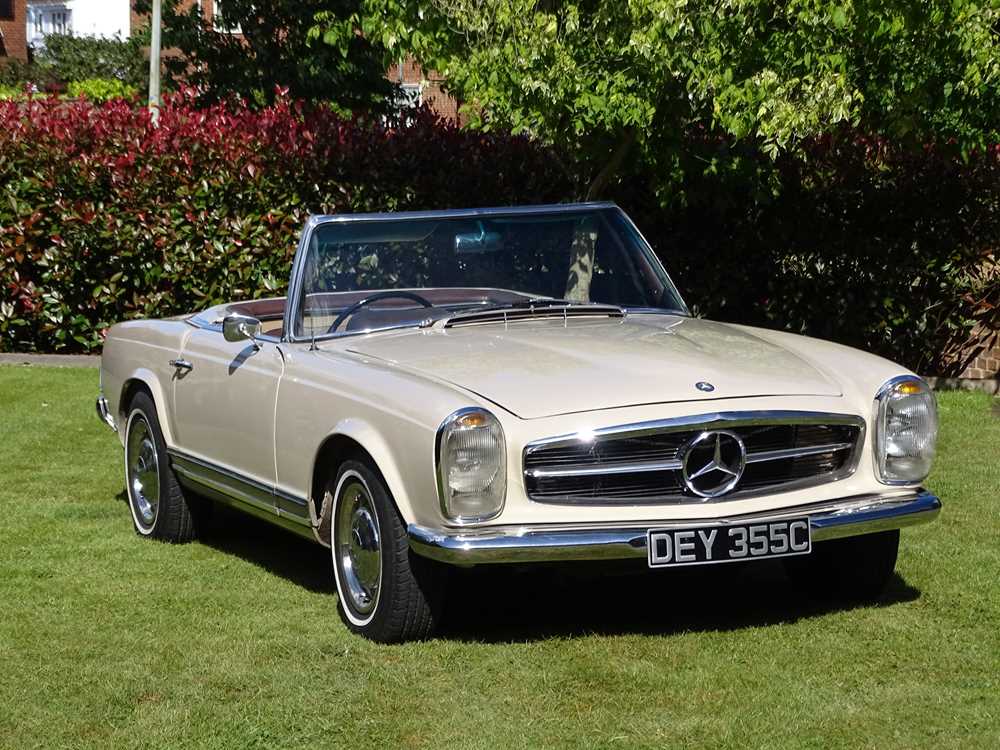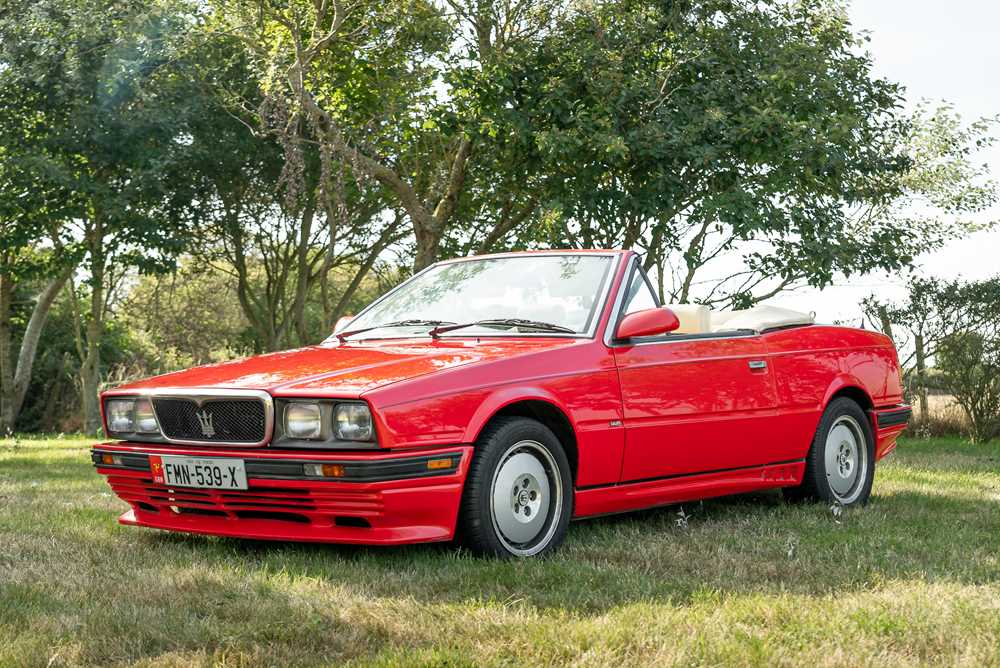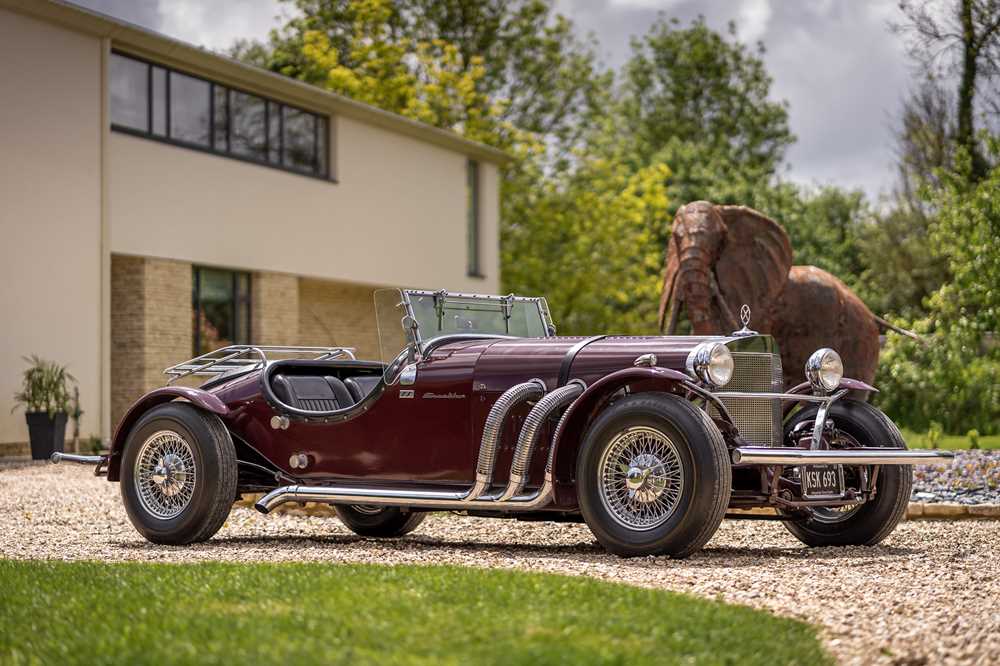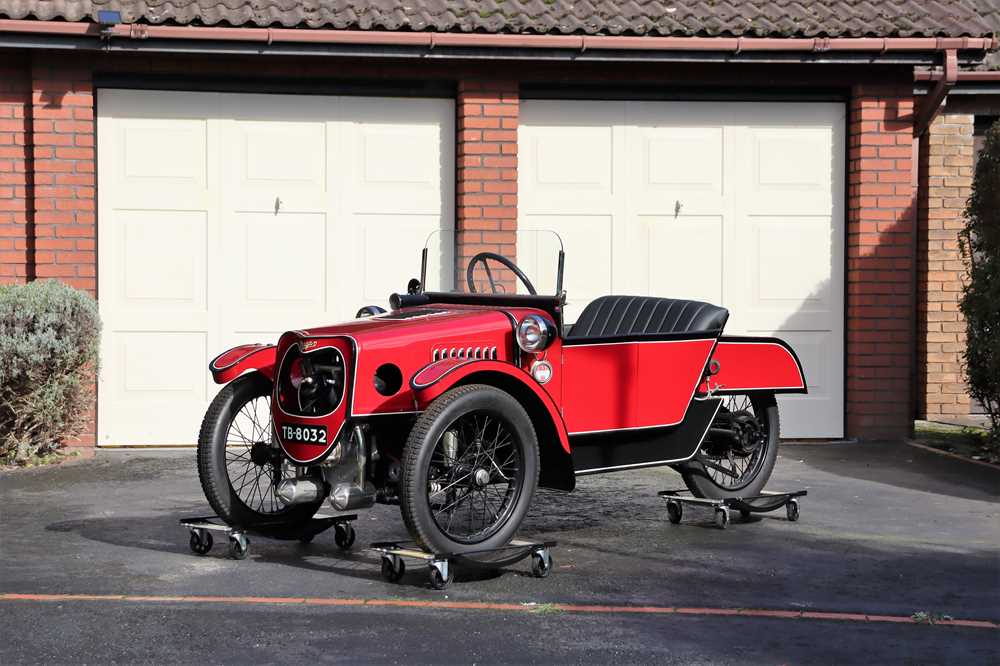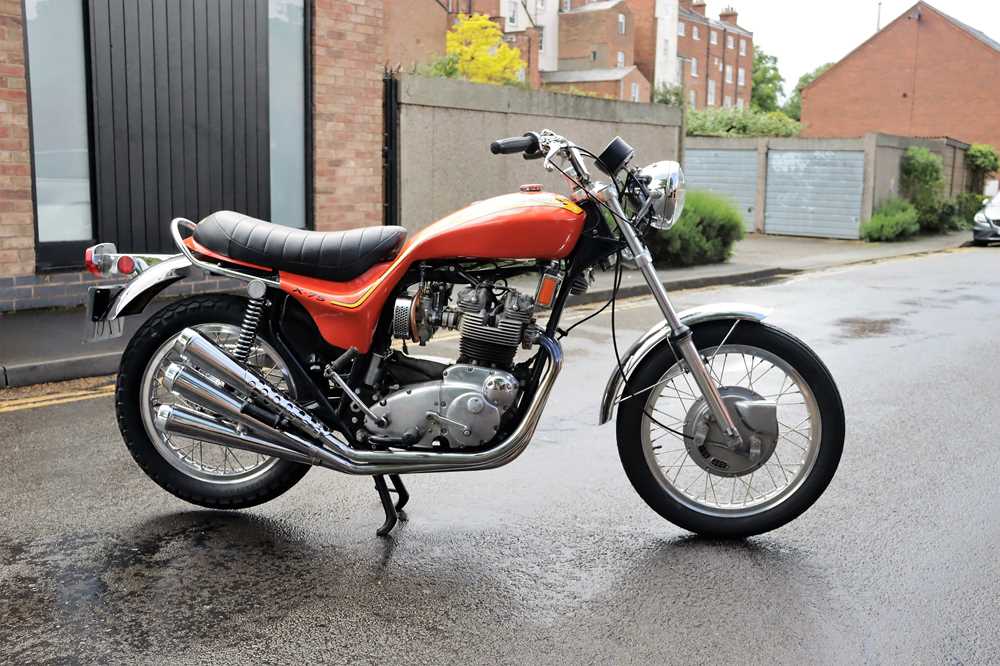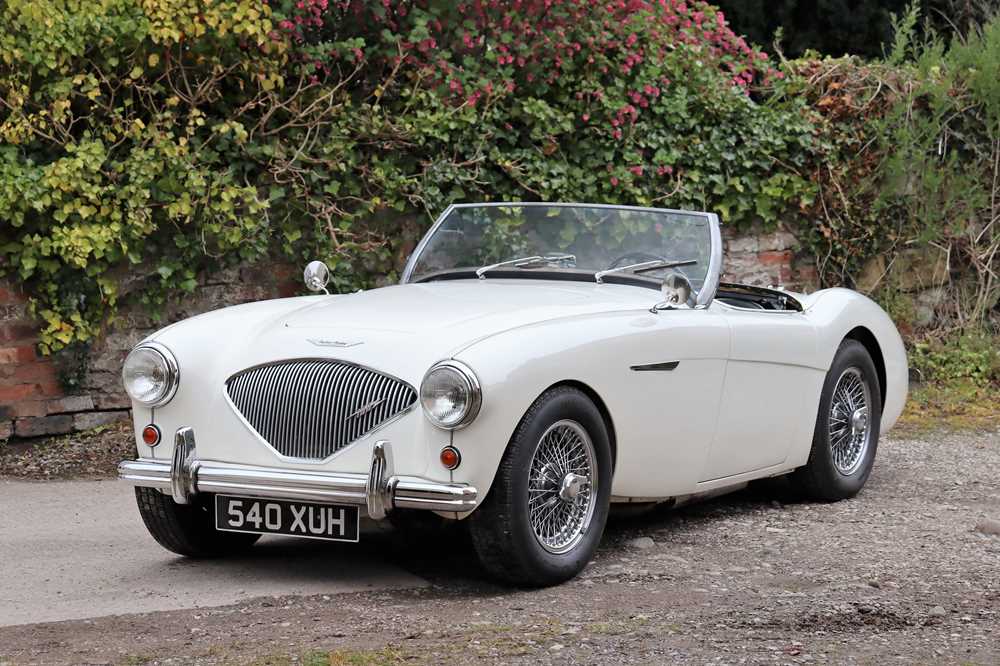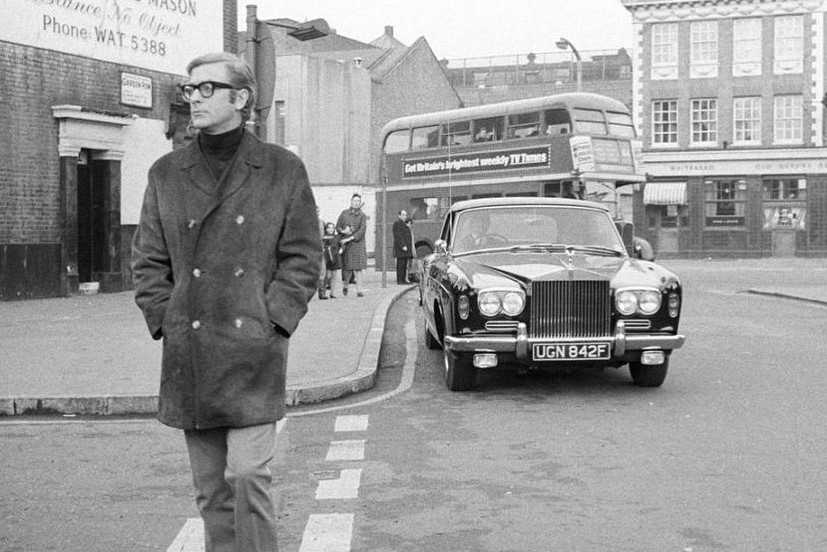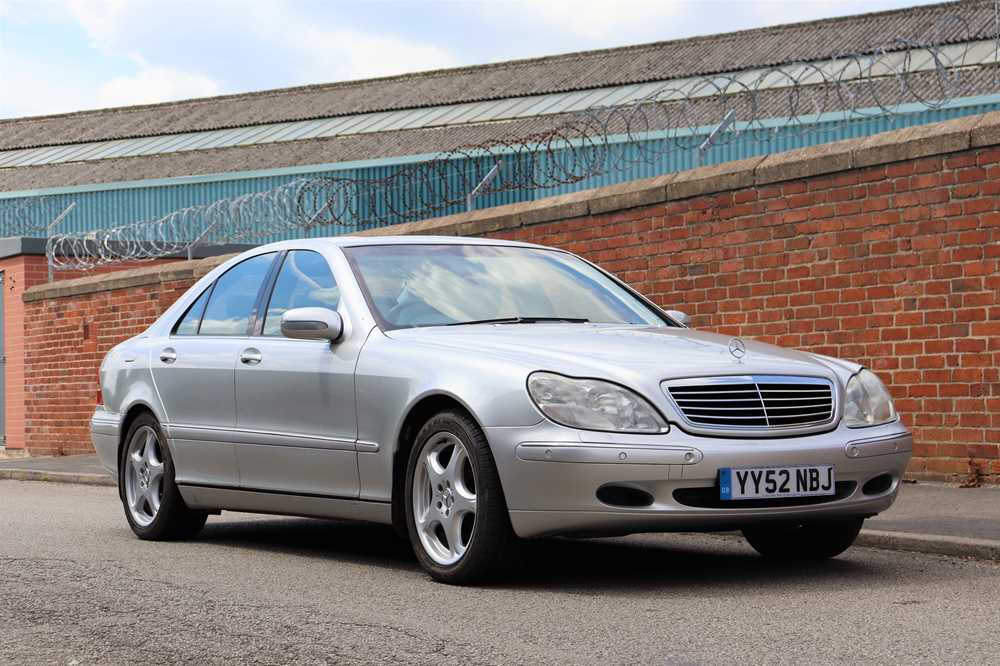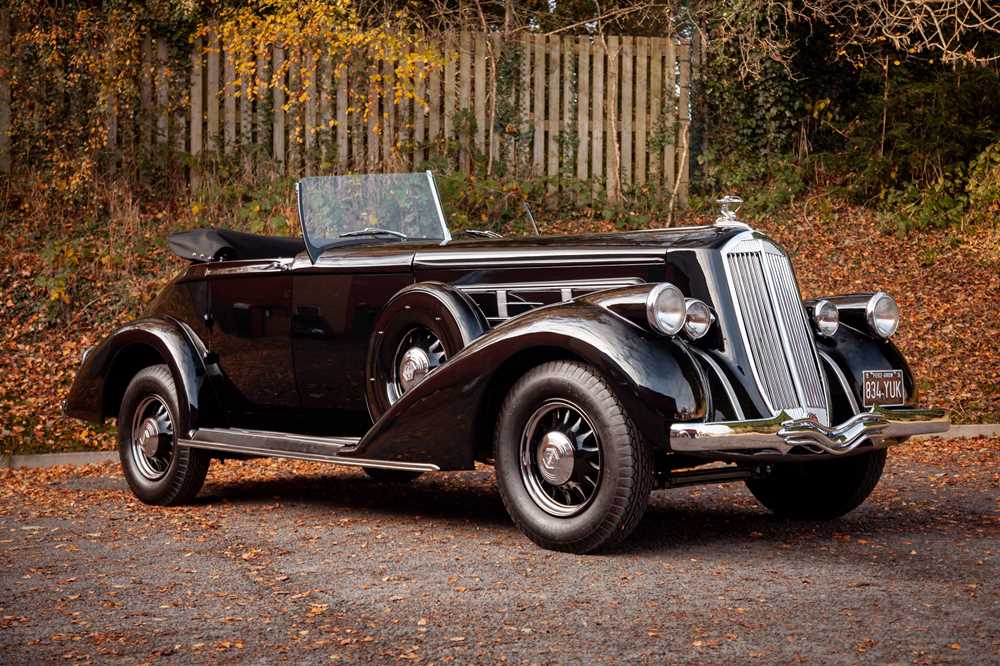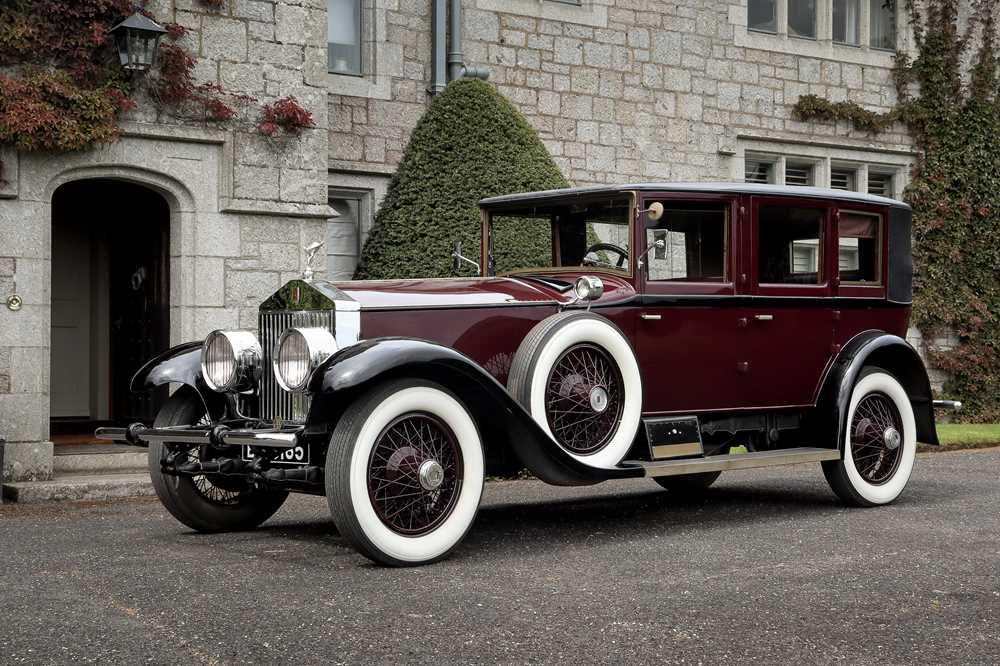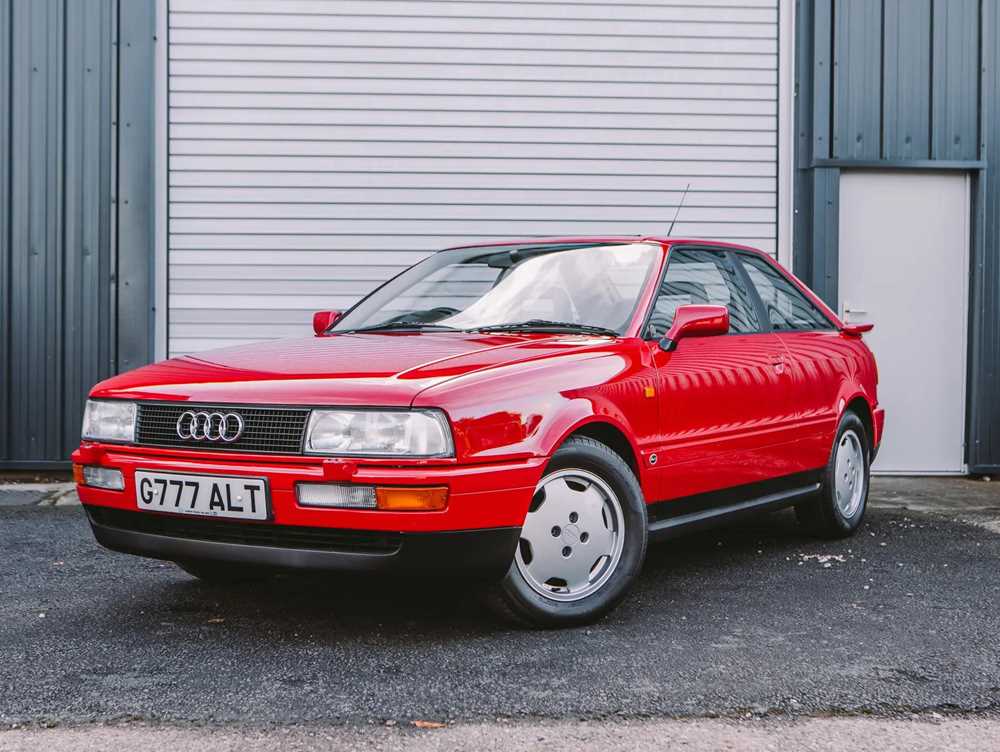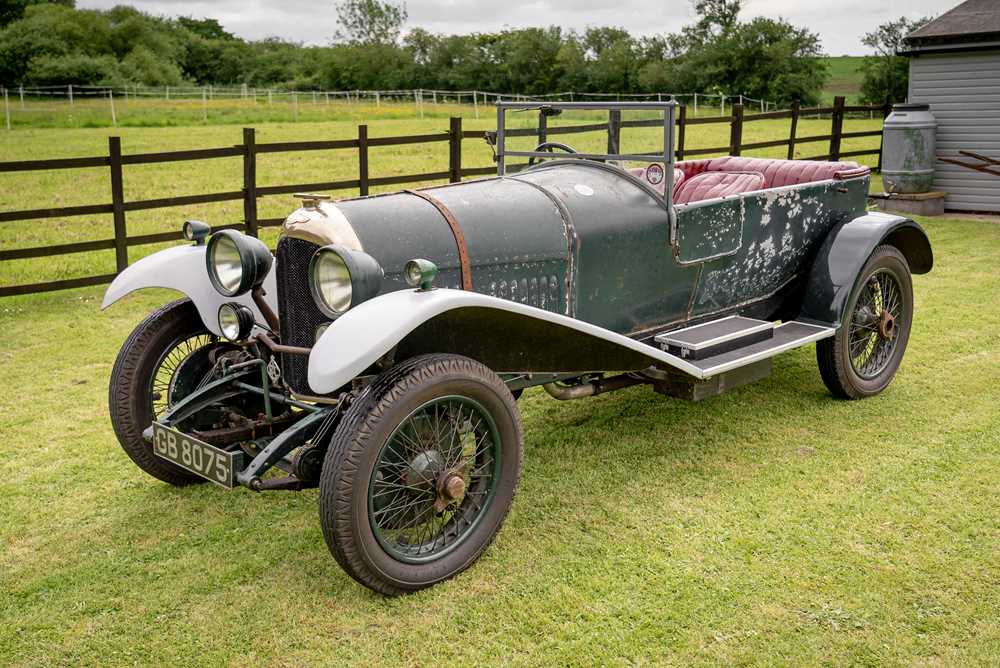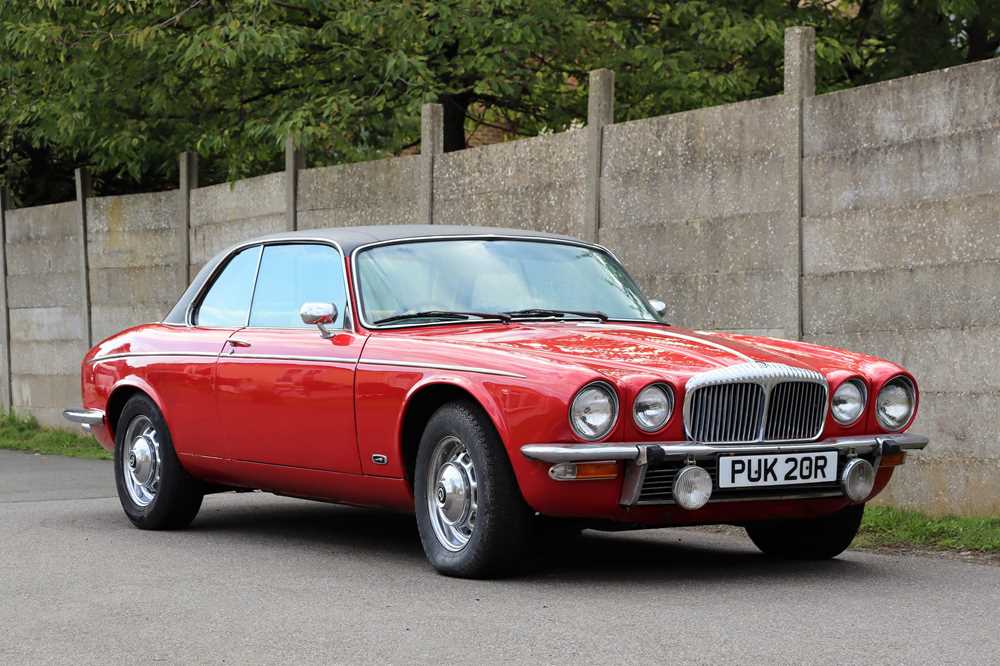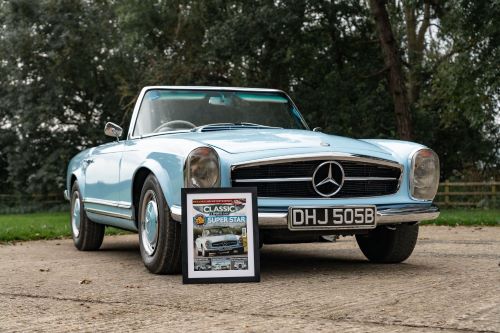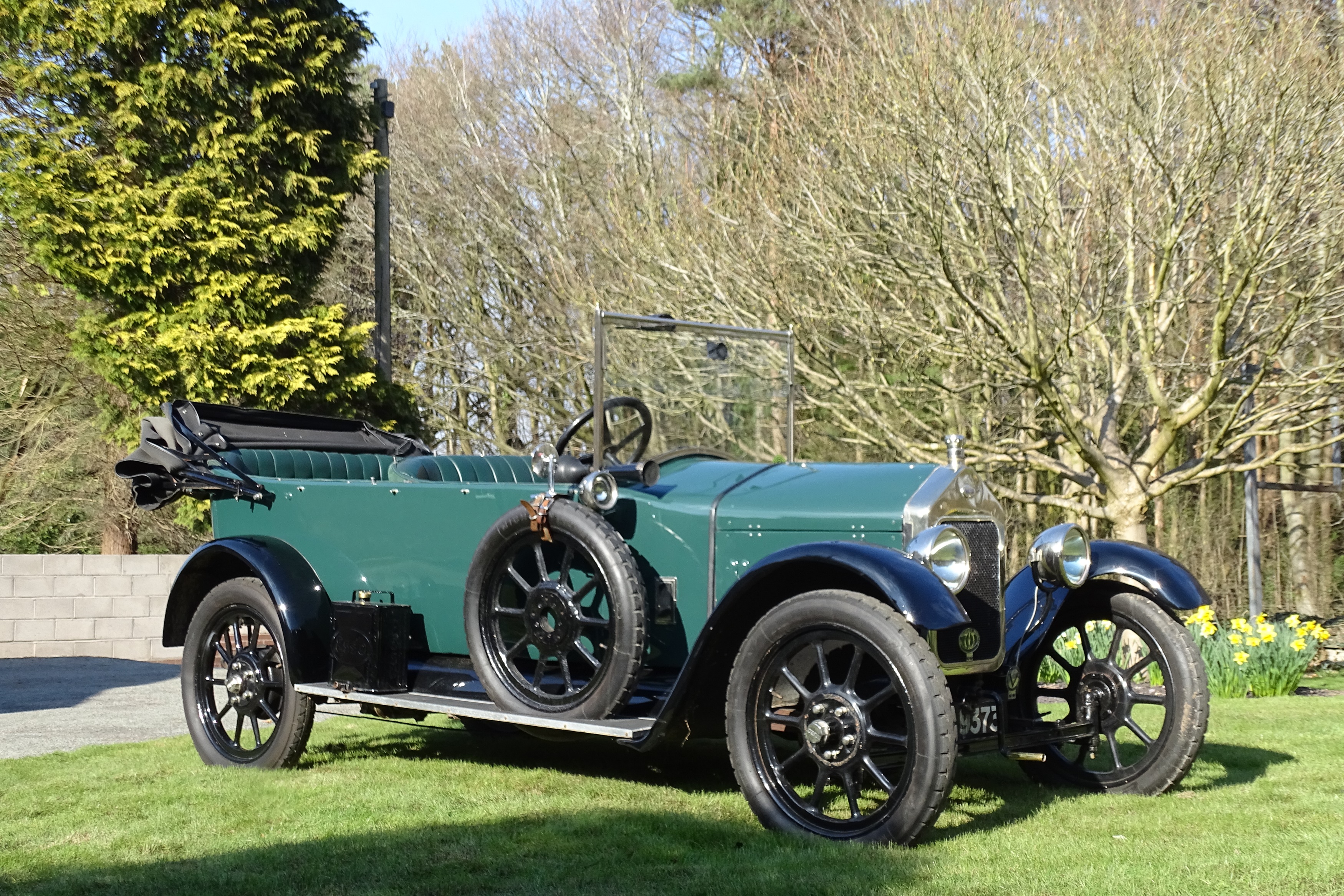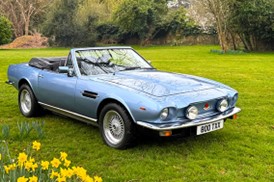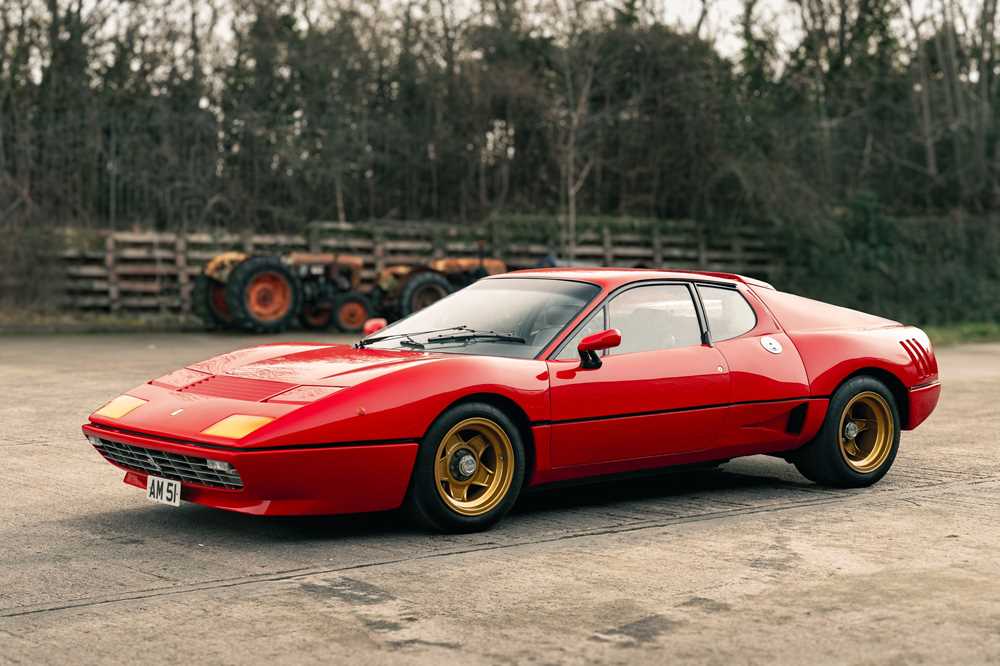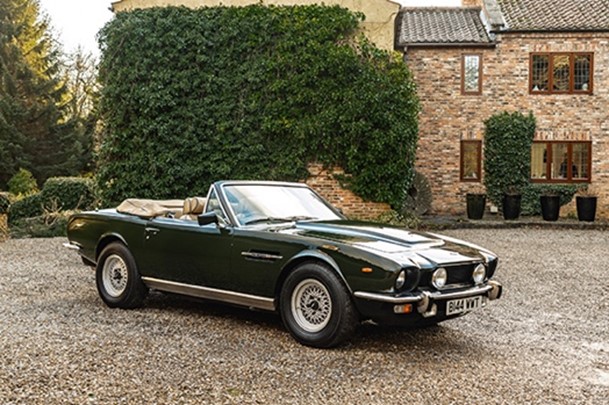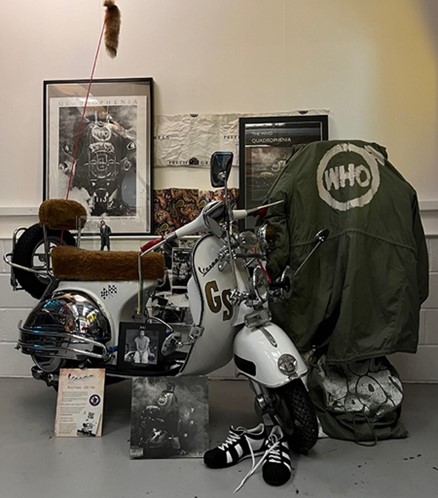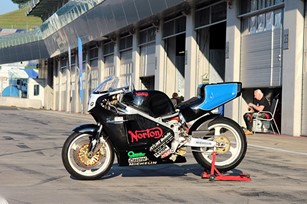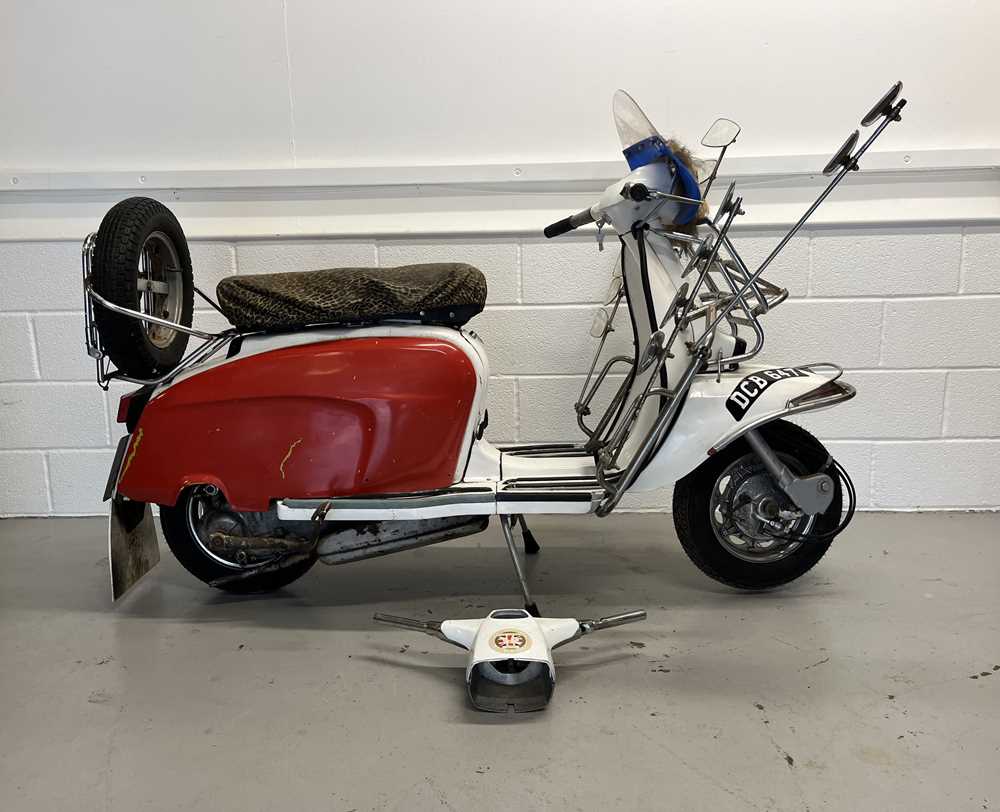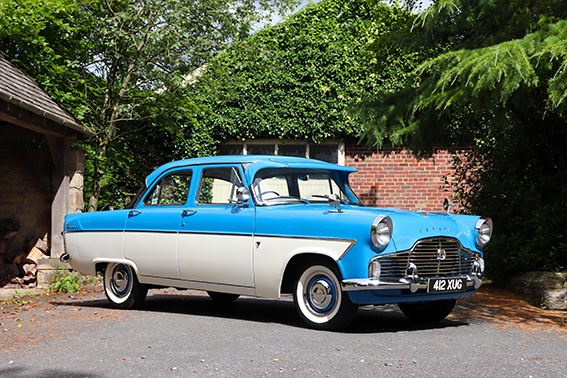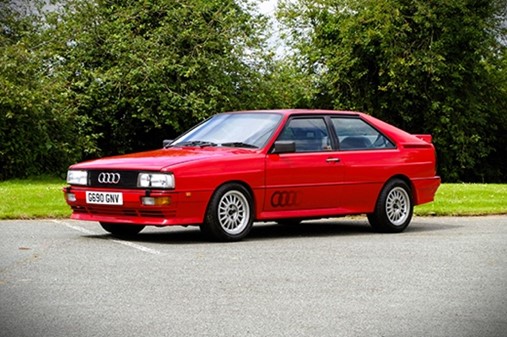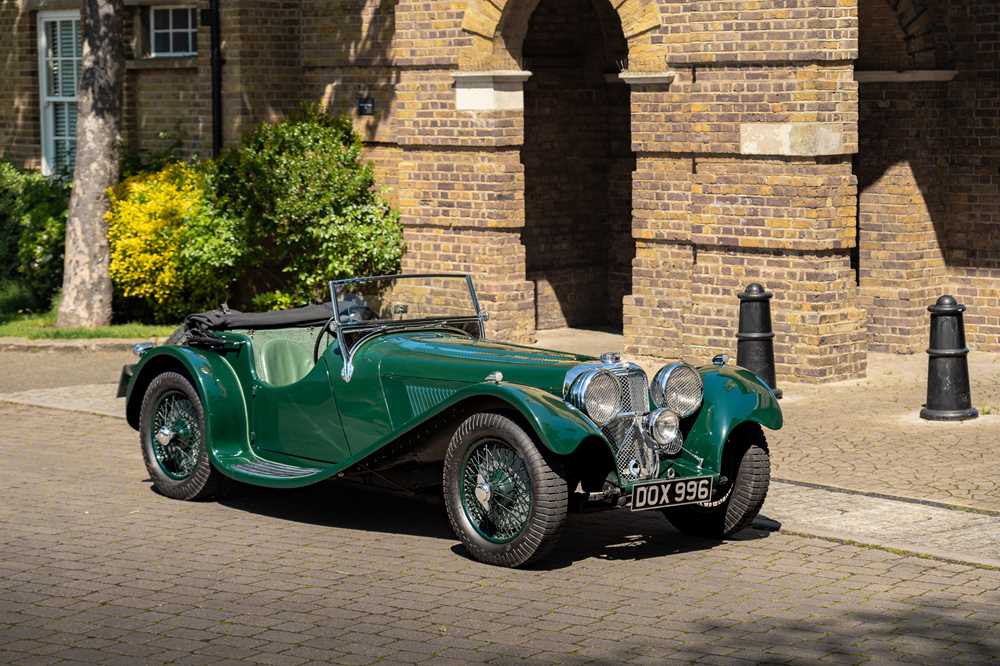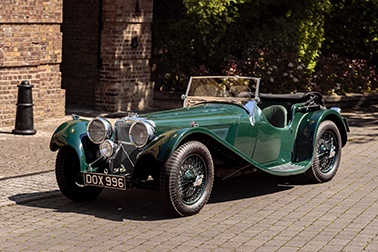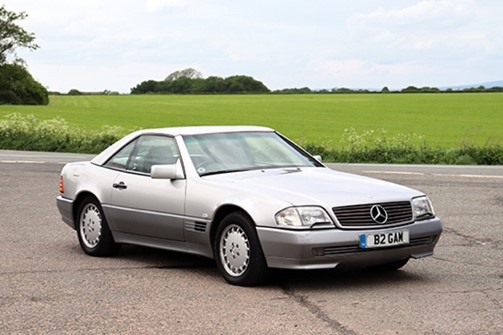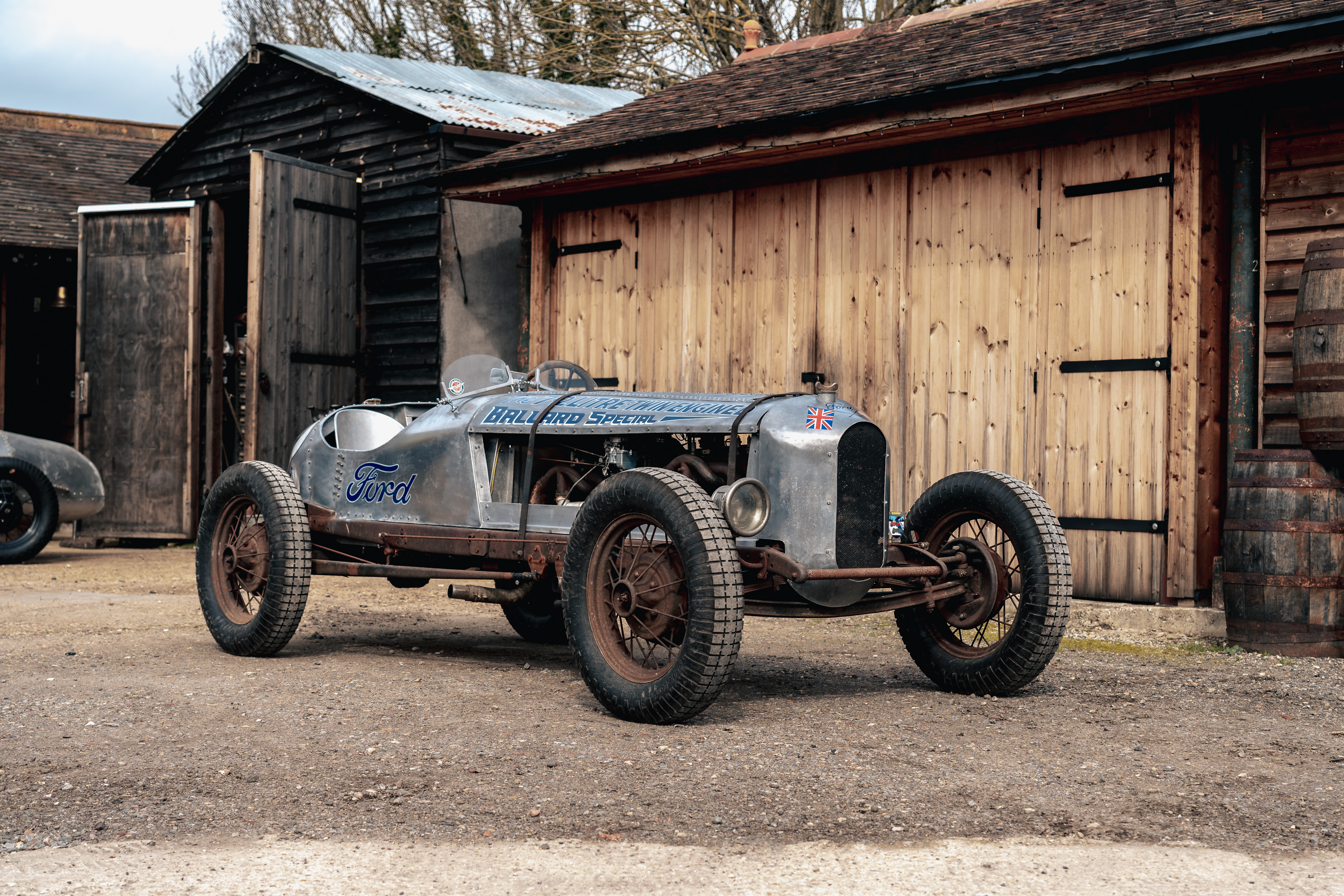25th Jul, 2007 0:00
Kempton Park Racecourse
1970 Lotus 72 Formula 1 Racing Single Seater
Sold for £292,500
(including buyers premium)
Registration No: N/A
Chassis No: 72/4
Mot Expiry: N/A
With its distinctive chisel nose and wedge body shape, the Lotus 72 stands out as an iconic 70s Formula 1 car. Its record of 20 wins and 16 pole positions speaks for itself, while the car helped Team Lotus take the coveted Constructors' Championship in 1970 and 1973 and its drivers clinch the World Championship title in 1970 and 1972. Impressively, it competed over six successive seasons, scoring points in every one of those years.
When Lotus boss Colin Chapman and his chief designer Maurice Phillippe sat down in late 1969 to design their 1970 challenger, what took shape on their drawing board was a car which incorporated a number of radical features not seen before on a Formula 1 car, some of which are still evident on modern Grand Prix cars.
Traditionally, water radiators had been sited in the nose but these tended to roast the driver's feet and waft hot air into the cockpit, so two side 'hip' radiators were chosen for the 72. Rising-rate suspension which stiffened near the limits of its travel was by compound torsion bars rather than springs - Chapman being determined to stop his then-driver Graham Hill from eternally fiddling with bump rubbers!
Meanwhile, inboard brake discs were utilised front and rear, connected to the hubs by hollow brake shafts. This kept unsprung weight to a minimum and permitted the use of softer tyres with less rigid sidewalls, as well as lighter components such as uprights and wishbones. Finally, anti-dive and anti-squat geometry was incorporated in the suspension front and rear to try and keep the car at a constant attitude relative to the track under braking and acceleration.
The monocoque was a work of art in itself, with the 'bathtub' layout incorporating complex double curvature, with a bulge towards the centre where the majority of fuel would be accommodated and waisting-in at the bottom. In addition, flush-rivetting was used to keep the external surfaces as smooth as possible.
The 72 used the Ford Cosworth DFV V8 engine as a stressed member, a format which had proved so successful for Lotus in the previous three seasons, while the trusty and robust Hewland DG300 gearbox was also retained. The aerodynamic package was completed by a novel three-tier rear wing balanced out by nose fins at the front.
Initially, the 72 proved less than successful, drivers Jochen Rindt and John Miles expressing concern about its apparent fragility and reporting 'spooky' handling with little feel. It was not until the drastic decision was taken to remove the anti-dive and anti-squat, and to beef up the monocoque that it began to come good. The work to strengthen the tub involved adding a baffle amidships (necessitating the division of the two side fuel tanks into four and the addition of an extra fuel filler) and extra bracing at the rear of the cockpit to reinforce the engine mounts. At the same time the lighter Hewland FG400 gearbox replaced the DG300.
This process took five weeks just to do team leader Rindt's car (72/2) alone. Such was the work involved that the decision was taken to only convert the one car and the original prototype (72/1) driven by John Miles retained its anti-dive geometry at the front for the rest of its life, although the anti-squat was removed from the rear.
Rindt went on to win four successive Grands Prix in Holland, France, Britain and Germany to put him in a virtually unassailable lead in the World Championship. Meanwhile, a third chassis (72/3) was completed to the new specification in time for John Miles to drive in the German Grand Prix. This used as many new parts as possible but clearly a number of components from 72/1 would have been transferred across. The result was that the monocoque of 72/1 was stripped and this car effectively ceased to exist from this point on.
Tragically, Rindt died at the wheel of 72/2 in an accident in practice for the Italian Grand Prix at Monza but his points tally was never beaten and he became the sport's only posthumous World Champion.
The example we have for sale today, 72/4, was the first 'customer' Lotus 72. Rob Walker was a loyal Lotus user and had taken on Graham Hill from Team Lotus for the 1970 season, on the basis that a 72 would be made available for him to purchase at the earliest opportunity. However, the hugely time-consuming rebuild programme had completely thrown those plans into disarray and it was only once the new car for Miles had been built that thoughts could turn to the Walker car.
Never one to waste a chassis, Chapman determined that the discarded monocoque of 72/1 should be 'recycled', with the result that it was rebuilt to the latest specifications, with the addition of the amidships strengthening baffles, extra fuel filler and split side tanks, as well as incorporating the revised front frame removing the anti-dive characteristics.
The plan was for the Team Lotus fabricators to modify the chassis between the British and German Grands Prix, paint it and build the required parts for the car during the weekend of the German race and then the mechanics would have eight days to build the car up so that it would be ready for the Austrian Grand Prix in mid-August. In the event, they didn't quite manage to achieve this, the car being collected from Hethel by the Rob Walker team on the Tuesday after the Austrian race.
Apart from what the team described as 'a few laps of Hethel in the dark' the Walker 72 had not run before it appeared in practice for the Gold Cup race at Oulton Park three days later. The car was now to the same specification as the works cars and painted in Walker's distinctive colours of dark blue with a white nose-band.
Despite the high expectations of both team and driver, the Walker 72 did not enjoy a successful career. It retired from the Gold Cup, was withdrawn from the Italian Grand Prix in the wake of Rindt's fatal accident, finished but was unclassified in the Canadian Grand Prix and retired from both the US and Mexican Grands Prix. During this time, it was fitted with solid brake shafts after it emerged that a broken brake-shaft could have caused Rindt's accident and it also gained possibly the most unsightly rear-view mirrors ever to grace a Formula 1 car!
For the 1971 season, Rob Walker joined forces with John Surtees, taking his Brooke Bond Oxo sponsorship with him, as well as Lotus 72/4. However, the team opted to field Surtees TS9s that year, rather than use the 72, which languished engine-less in the workshops at Edenbridge until August 1971 when Jo 'Seppi' Siffert acquired the car from his good friend and former boss Walker. The Swiss driver planned to rent it out to pay drivers in Grands Prix and non-Championship races, although none of the proposed deals actually came to fruition.
After Siffert's tragic death in the Victory Race at Brands Hatch that October, the car remained with the Siffert family until November 1972, when the Fittipaldi brothers bought it. The car went back to Team Lotus, where it was resprayed in the black and gold John Player Special livery and cosmetically altered to resemble Emerson's championship-winning car, with a 1972-style airbox, rear oil tank and rear wing.
It stayed in the Fittipaldi collection until 1985, when most of the cars were bought by Adrian Hamilton and brought back to the UK. He promptly sold 72/4 to John Foulston, who had made his fortune in computer leasing and was the owner of the Brands Hatch group of circuits. Since the car had not run for 15 years, it underwent a no-expense spared ground-up restoration during the autumn and winter of 1985 and the early part of 1986. This work was carried out by Haslemere Sports Cars, a firm that Foulston was also the owner and one of the directors of. A comprehensive file detailing the work and expenditure involved in the restoration, accompanies the car.
The car that emerged from restoration is not to exact 1970 specification and any purchaser looking to revert back to this form would need to look at replacing the rear wing and oil tank and wheels, plus gearbox. At some point, the car acquired a DG300 box, whereas it should have an FG400 - certainly there is a period report that the car ran an FG400 in 1970.
The car was subsequently raced by both Foulston and his wife Mary in historic events and was the subject of a glowing track test by noted racer Willie Green in the January 1987 edition of Classic & Sportscar. Tragically, Foulston lost his life in a testing accident towards the end of September 1987. The car was run occasionally and last turned a wheel in 1991. While other cars in the Foulston family collection have been sold in the intervening years, for sentimental reasons they chose to hang on to the 72 as it was one of their favourites.
This represents a unique opportunity to purchase the sole surviving, intact, 1970 specification Lotus 72 and one of only nine chassis numbers issued in total. Although 72/3 and 72/5 were built during the 1970 season they were subsequently converted to a later specification including twin parallel lower links on the rear suspension, whereas this car retains the original rear suspension layout. As the car has not run since 1991, clearly it will require complete recommissioning if it is to run again. However, as the descendent of the original prototype, it is undoubtedly a significant car and it comes with a clear, well-documented race and ownership history.
For further information about the history of this and other Lotus 72s, please see 'Lotus 72: Formula One Icon' by Michael Oliver. You can order the book or contact Michael at www.michaeloliveronline.com.
Our kind thanks go out to Michael for producing this catalogue description.
Auction: Kempton Park Racecourse, 25th Jul, 2007
All successful bids must be paid in full by midday the day after the auction at the latest.
You can collect your new pride and joy from our venue until 1pm the day following the sale or our partners are on hand to help arrange safe transportation:
Do you have an item to sell?
If so, contact one of our friendly specialists for your free valuation by completing the form below and someone will get back to you as quickly as possible.
If you prefer to speak to humans, don't hesitate to call our office on +44 (0)1925 210035
Other lots in this sale
